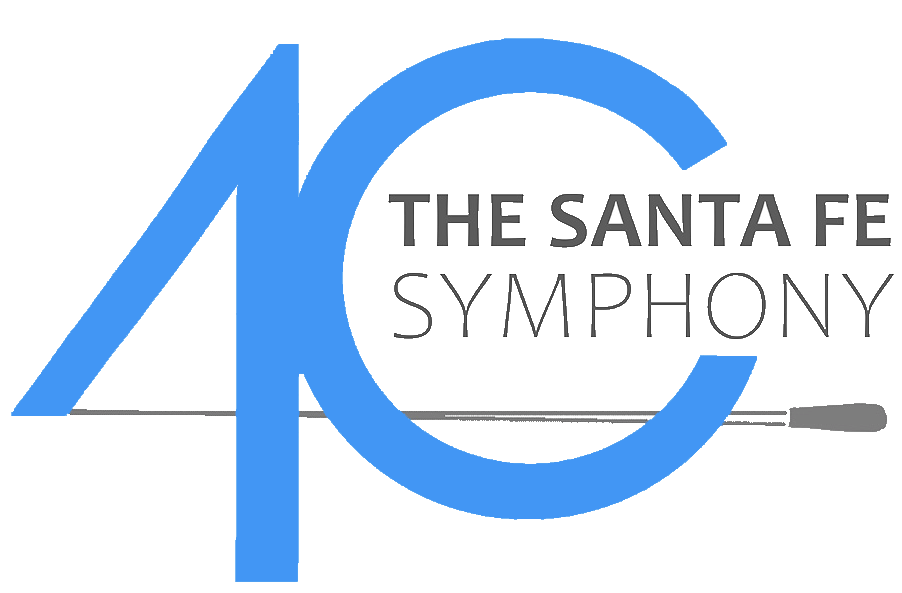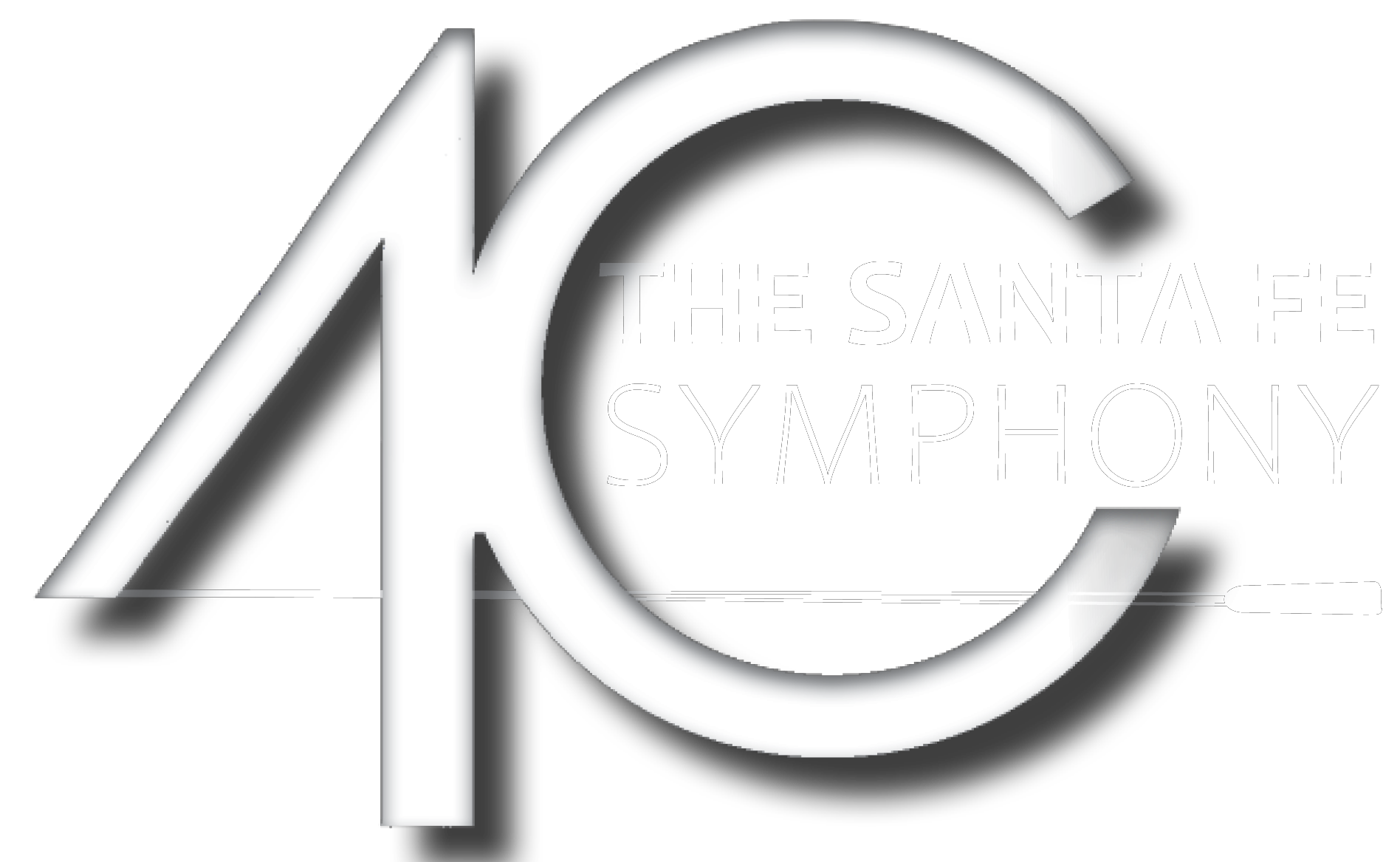Santa Fe Symphony TV
Experience the phenomenal talent of The Santa Fe Symphony Orchestra & Chorus from anywhere, including the comfort of home.
Excellent. Superb. Exquisite. Marvelous. Outstanding. Your production crew is amazing, and your virtual recording engineer is a genius … the Beethoven’s Harp performance was world class.
—Steven Rudnick
After receiving critical acclaim for our Fall 2020 Virtual Concert Series—reaching thousands of viewers worldwide—The Santa Fe Symphony is thrilled to share FREE excerpts from this dynamic series in addition to educational, virtual choral concerts, and special announcements, and event promotions during this exciting 40th Anniversary Season!
Enjoy Symphony ensembles performing at some of the most stunning historical sites and iconic locations in Northern Mexico and more—many if which were brilliantly filmed and produced by our friends at Hutton Broadcasting.

